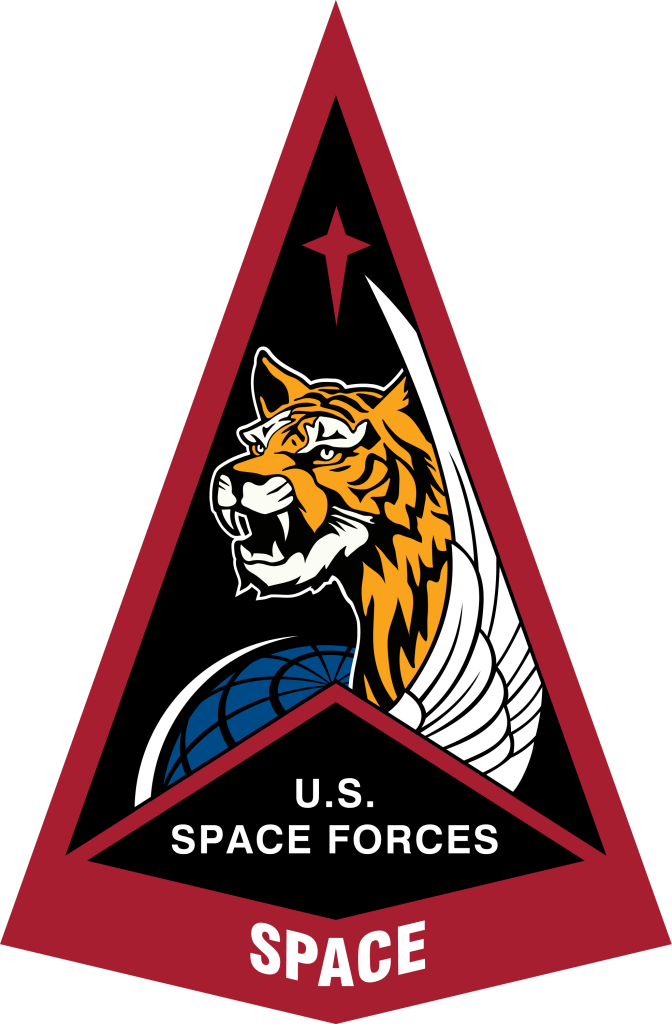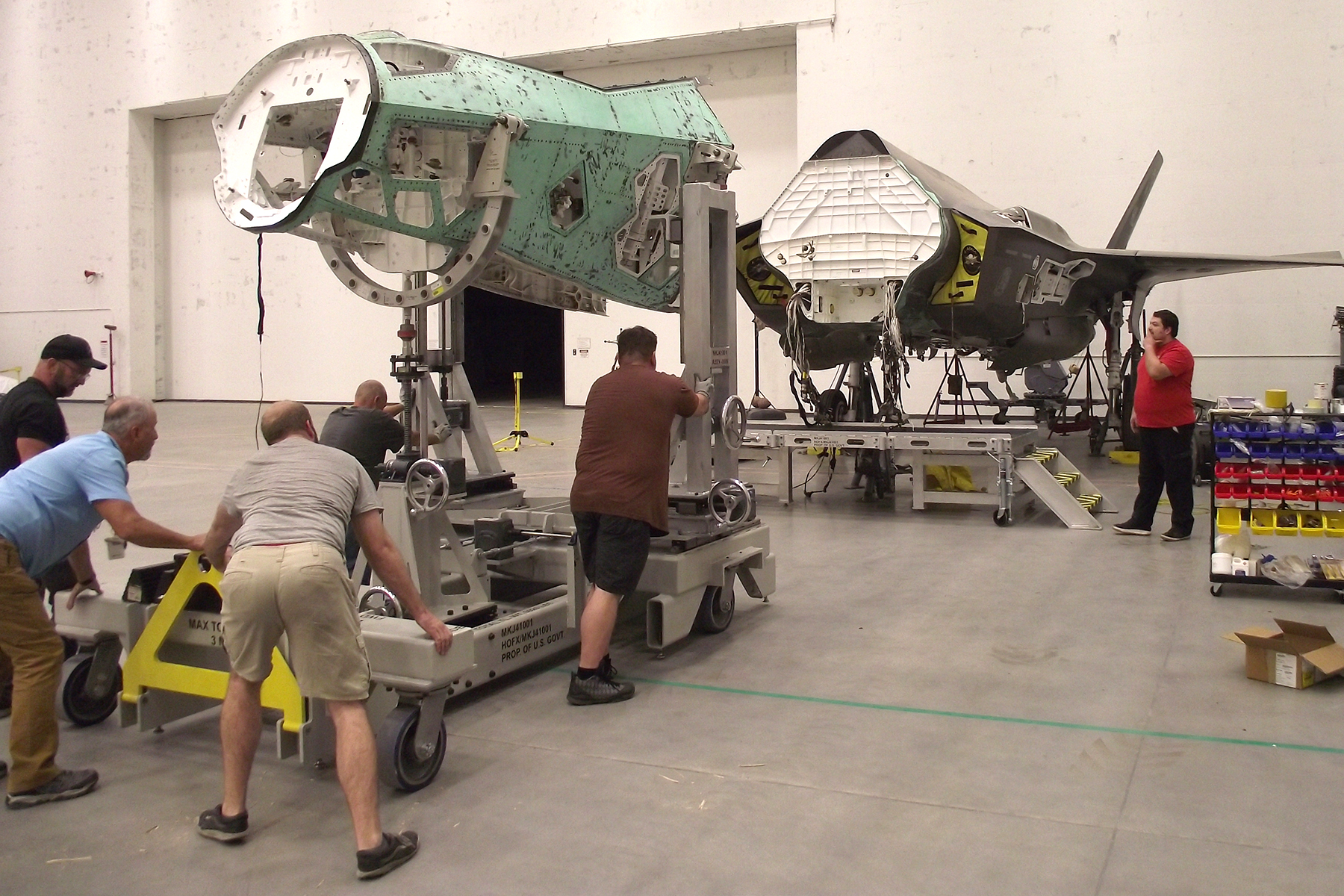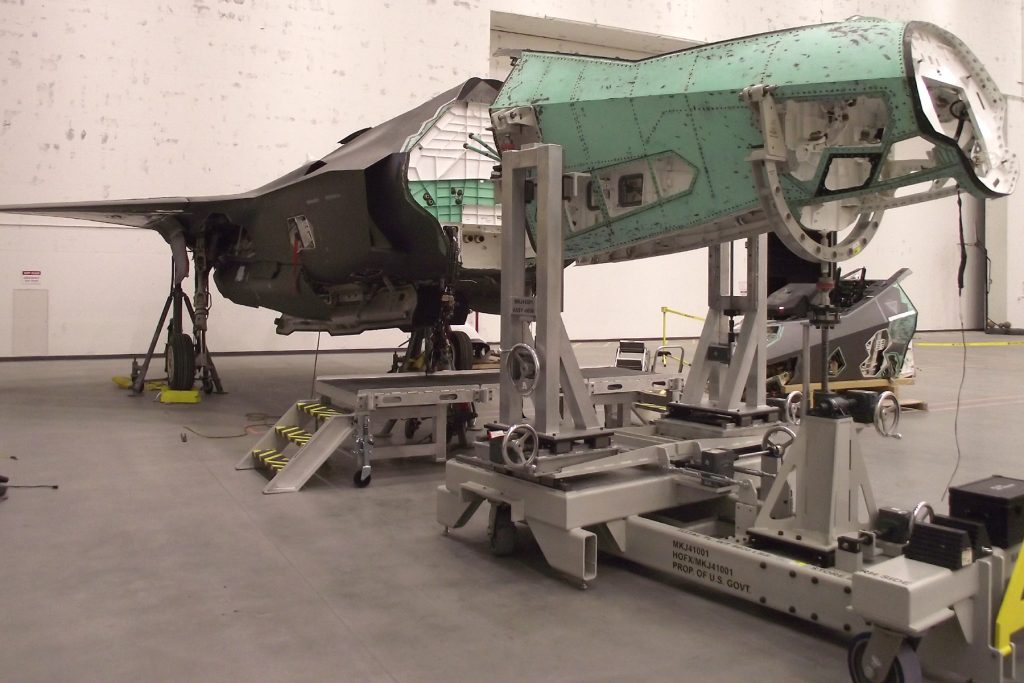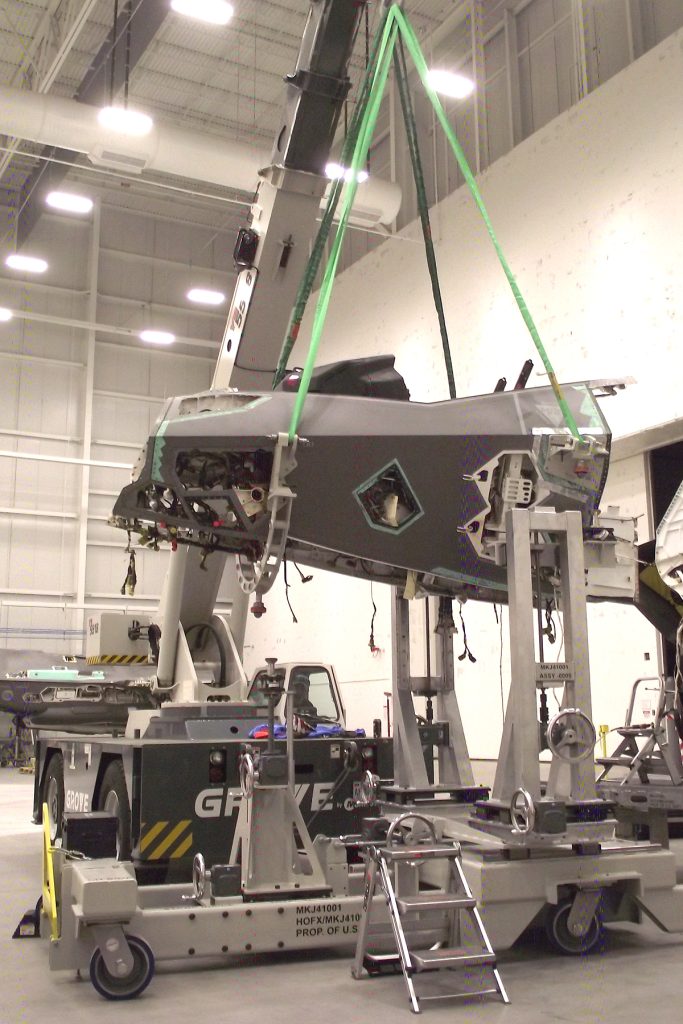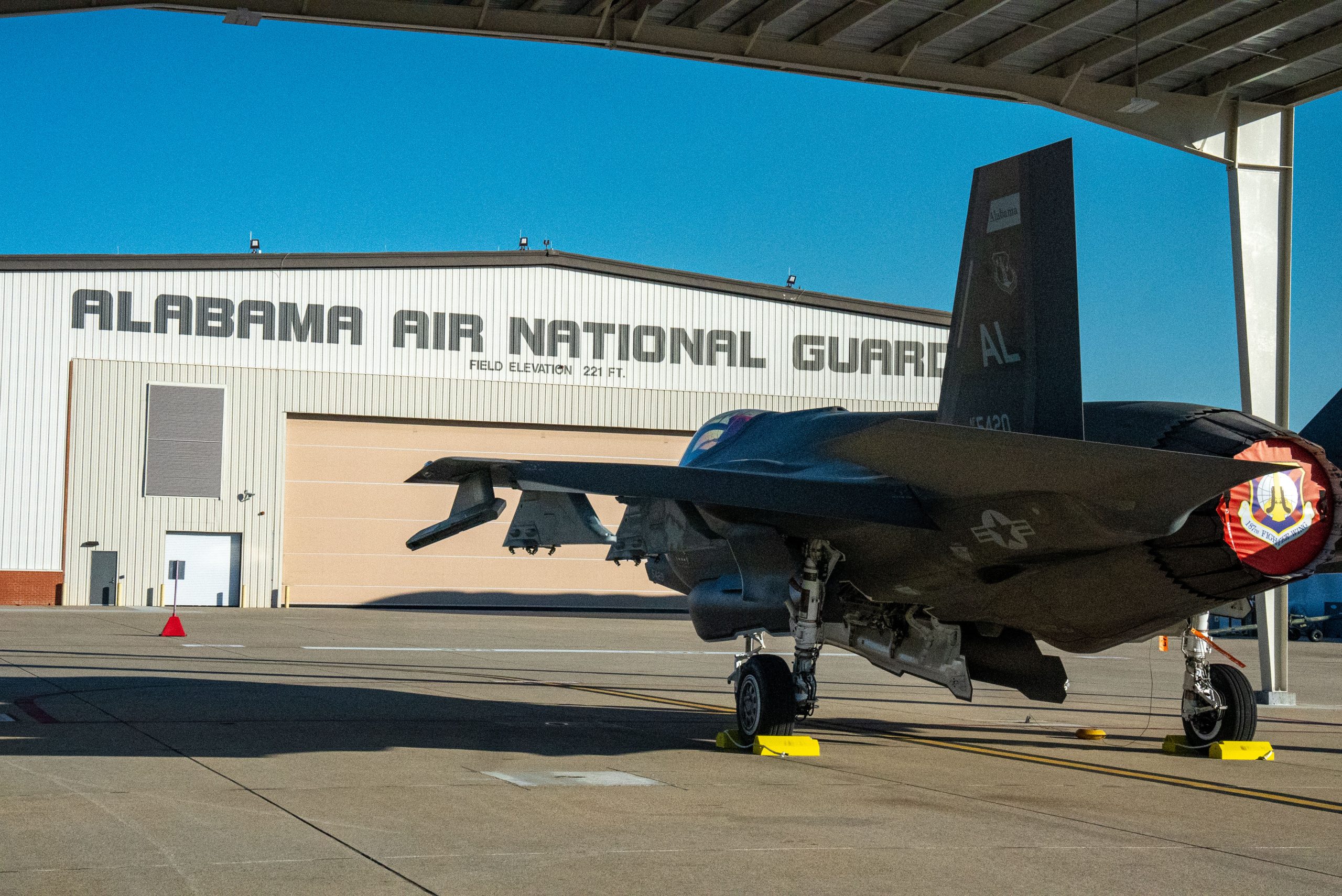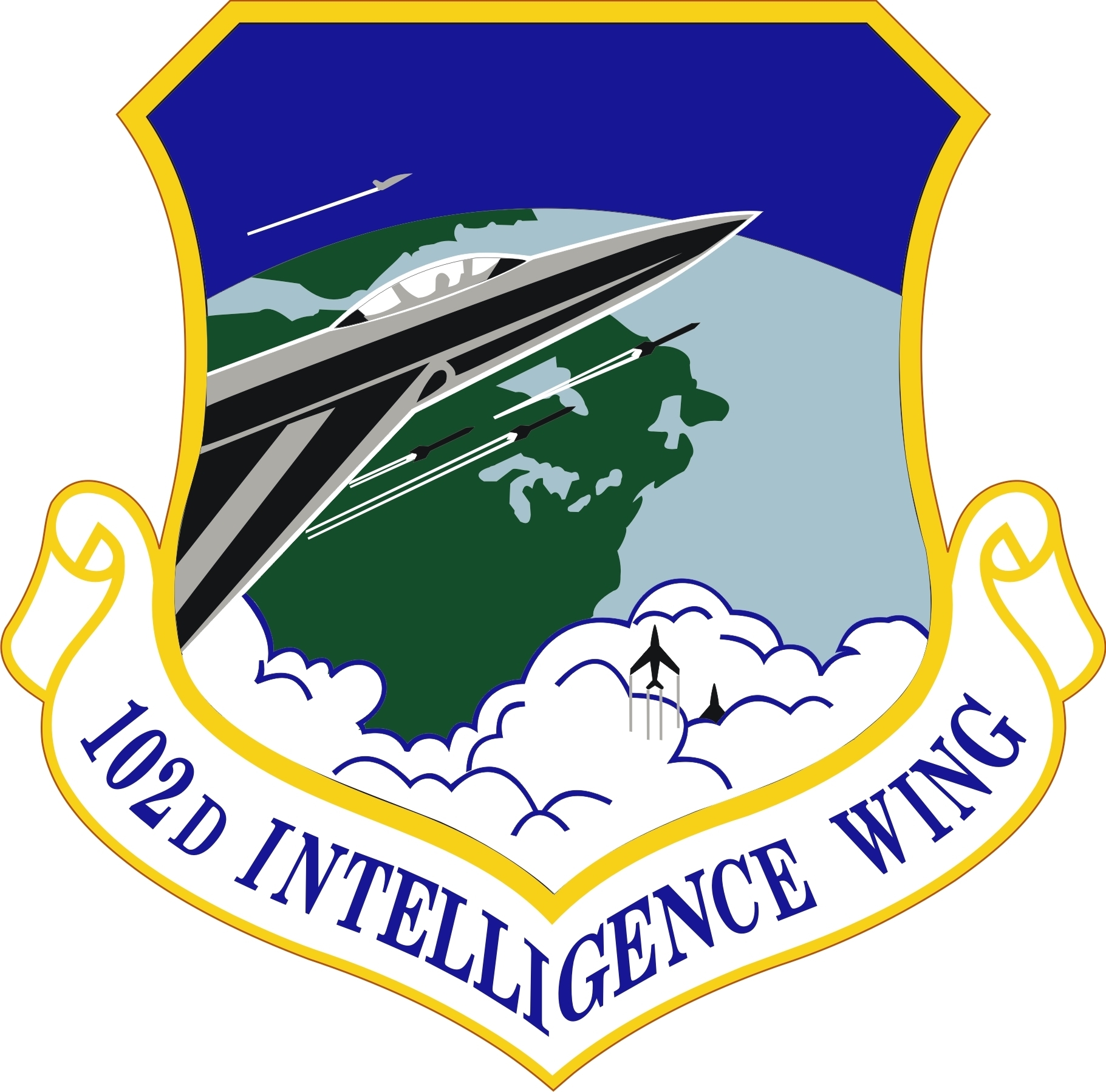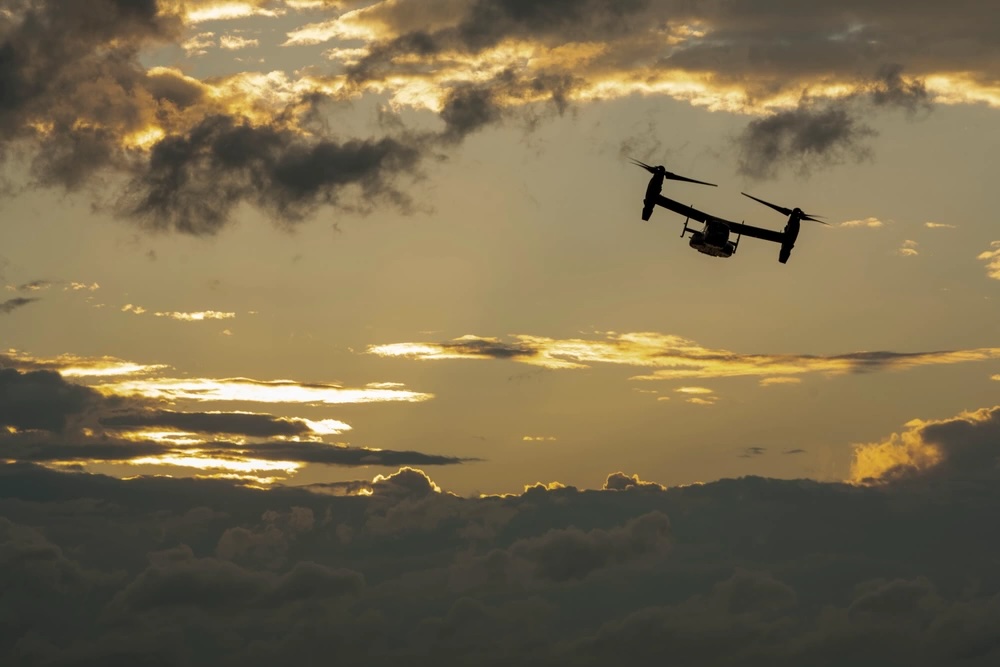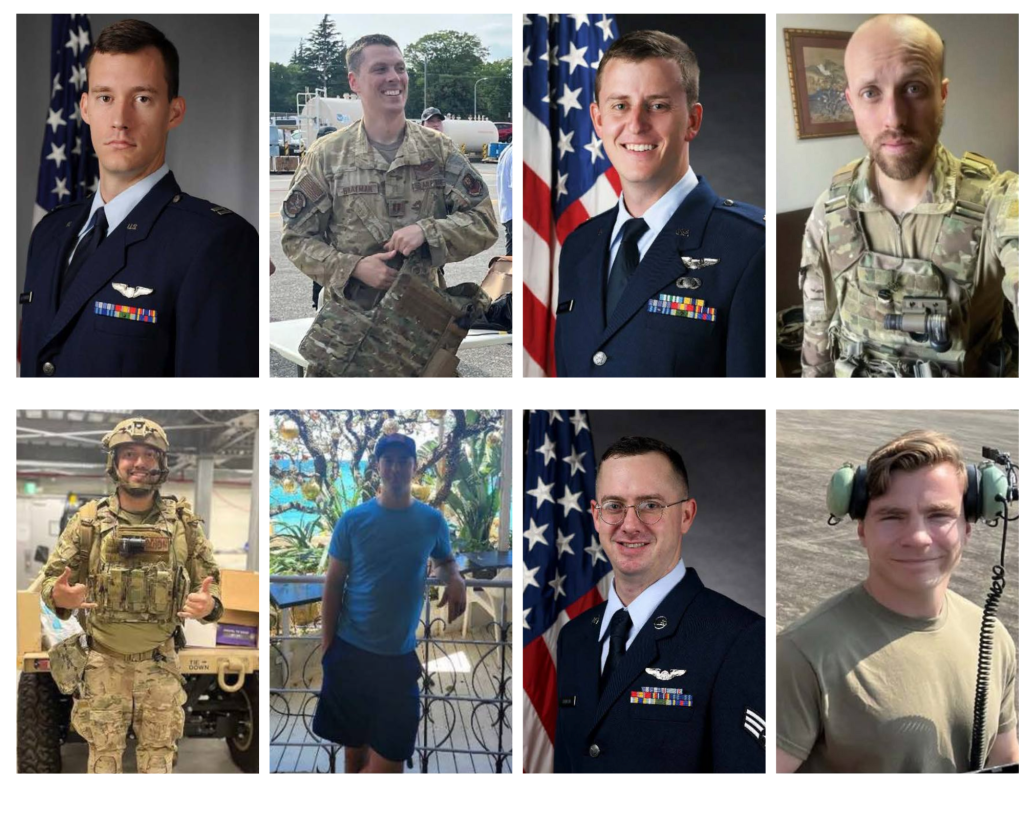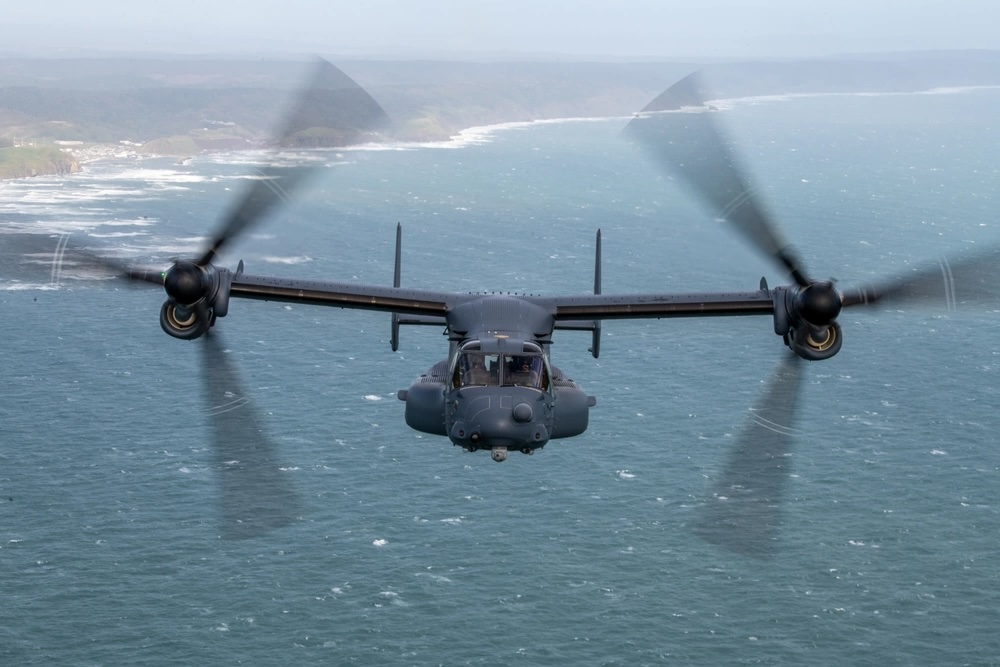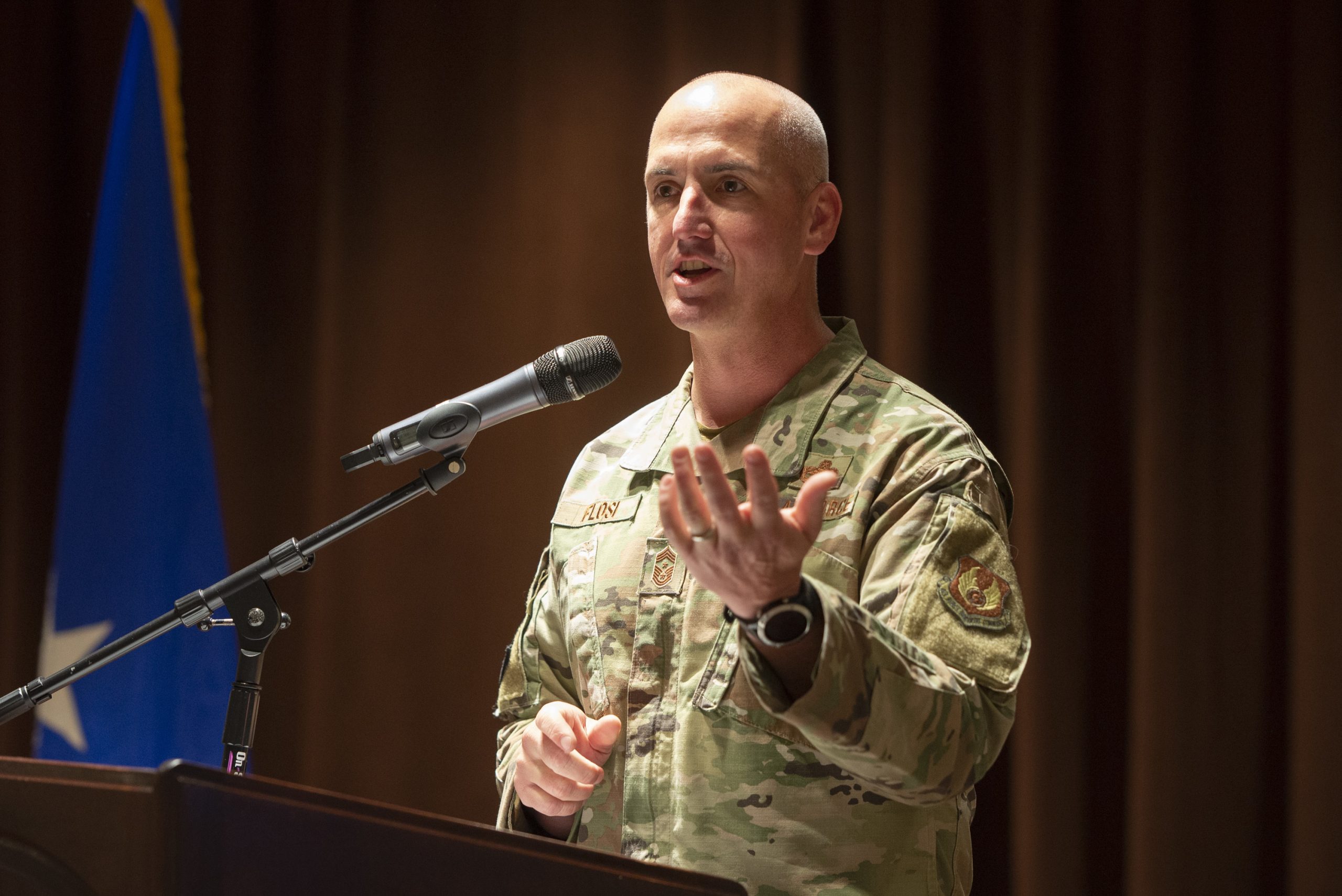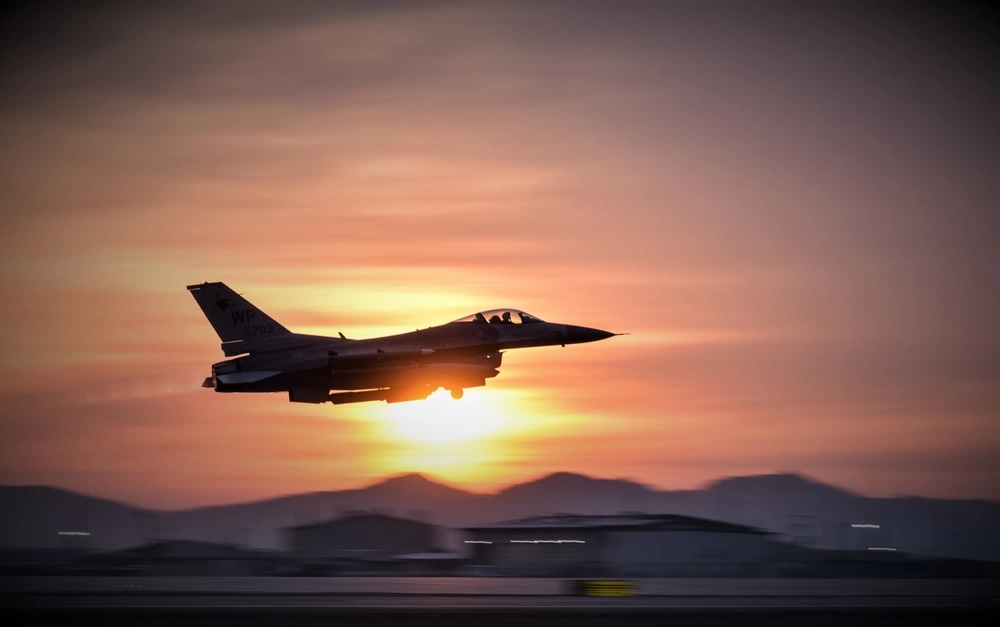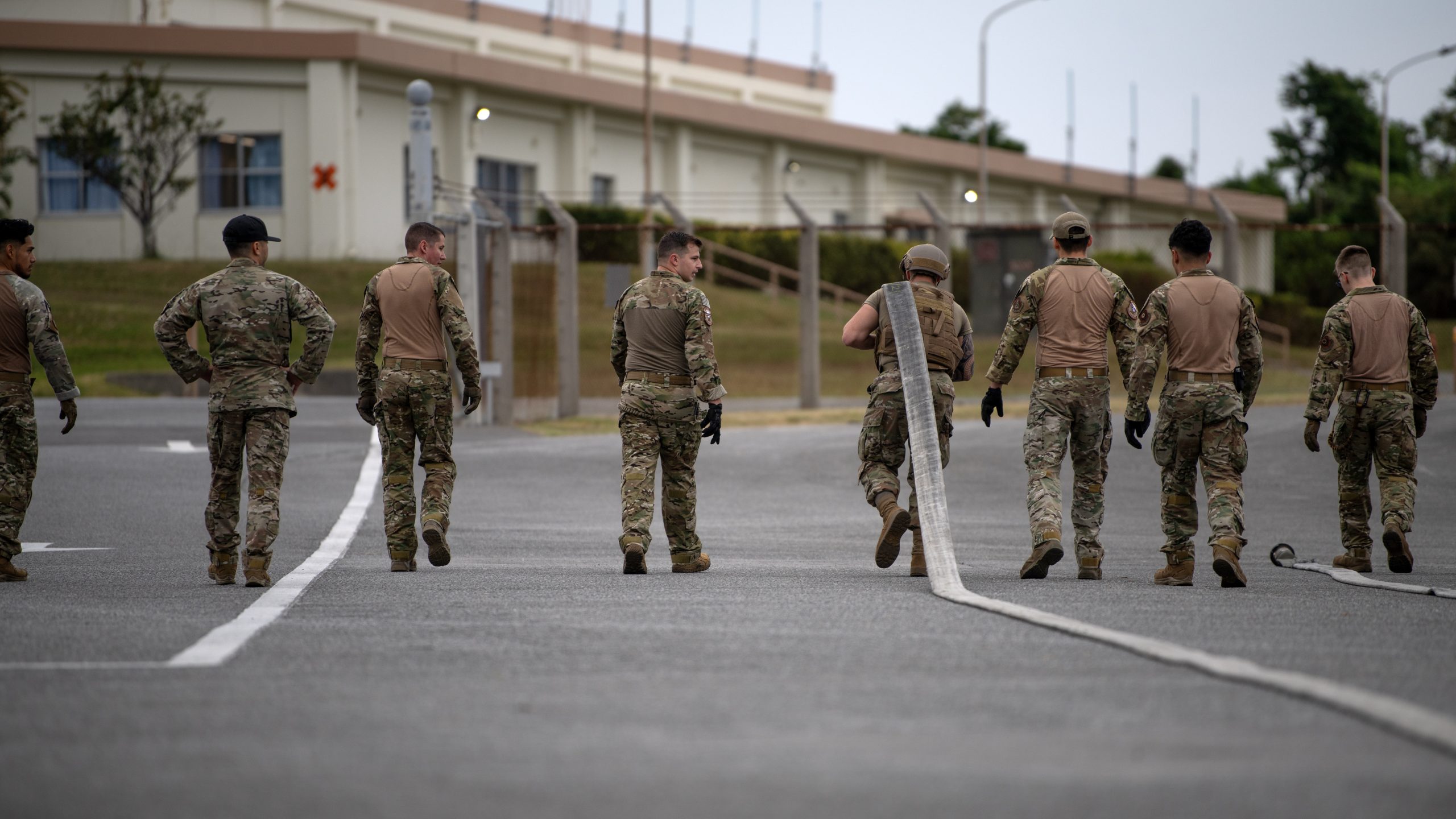ORLANDO, Fla.—The name—U.S. Space Forces – Space—may seem a little redundant, but the newest Space Force component will have an outsized role in how the Space Force coordinates with U.S. Space Command.
Chief of Space Operations Gen. B. Chance Saltzman revealed the new command Dec. 12 at a conference in Orlando, Fla.
Space Forces – Space, or S4S, will be similar to the components the service has established to ensure space capabilities are understood and integrated into other combatant commands, including U.S. Indo-Pacific Command, U.S. European Command, and U.S. Central Command. Functionally, it takes on one of the roles that has been played by the much larger Space Operations Command (SpOC), which has been serving as both USSF’s “organize, train, and equip” mission and the Space component for U.S. Space Command—presenting the forces it utilizes in conducing operations in the domain.
The new component “will allow SpOC to focus on readiness and other service responsibilities, while Space Forces – Space will focus on operations and the needs of SPACECOM,” Chief of Space Operations Gen. B. Chance Saltzman said in a keynote address at the Spacepower Conference.
The odd-sounding name follows the convention established for other components like U.S. Space Forces Indo-Pacific, U.S. Space Forces Central, and U.S. Space Forces Europe and Africa. It was as those components were established that leadership decided on the need to separate out Space Operations Command’s responsibilities, said Lt. Gen. Douglas A. Schiess, the new commander of Space Forces – Space.
Specifically, SpOC will now “focus on preparing Deltas to be force-presented, mostly to U.S. Space Forces – Space, but could be, especially from a terrestrial perspective … force presented to one of the other combatant or service components,” Schiess said.
Schiess compared the switch to the Air Force’s major command structure.
“Air Combat Command gets forces ready to be presented to [Pacific Air Forces] or [U.S. Air Forces in Europe] or [Air Forces Central],” Schiess noted. “SpOC is going to get the forces prepared to be able to force-present them to any of us.”
Space Forces – Space is also meant to streamline and simplify the often-confusing web of organizations under SPACECOM. The Combined Force Space Component Command (CFSCC) and the Joint Task Force Space Defense (JTF-SD) are deactivating, and the Space Force Deltas that supported them—Delta 5 and Delta 15—will move into Space Forces – Space.
A simpler structure will also help the other components, said Brig. Gen. Anthony J. Mastalir, commander of Space Forces Indo-Pacific.
“It really is [about] being able to integrate at the operational level, and integrate component to component,” Mastalir said. “My S3 or S5 knows exactly who their counterpart is in Space Forces – Space, the organization supporting U.S. Space Command. … So this construct really is a force multiplier in terms of being able to integrate and synchronize with the other domains.”
U.S. Space Forces – Space will be officially activated at a ceremony in January.
